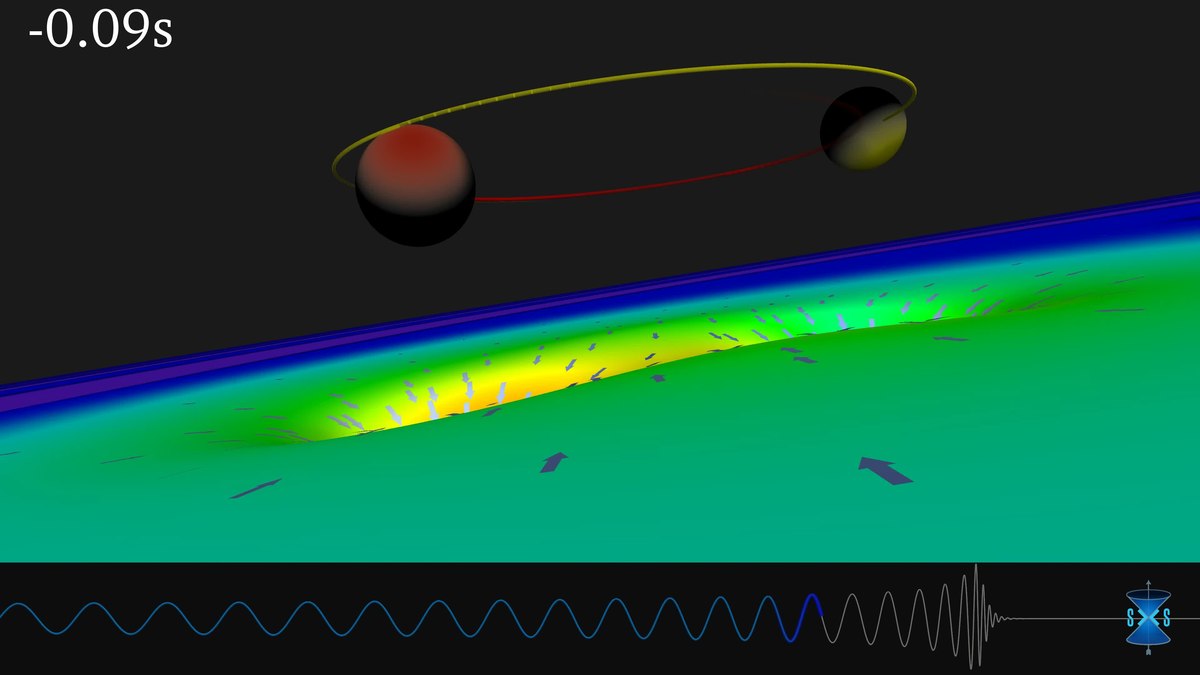What I am trying to say is that if you sum up the gravitational forces in a system, you don't get equilibrium at the lagrange points. The Earth-Sun L2 point isn't where Earth and Sun's gravity balance out, it's where Earth and Sun's gravity with centrifugal force as viewed from a frame co-rotating with Earth balance out, and it is exactly the same viewpoint that places an object in orbit - gravity is balanced out by centrifugal force in a frame co-rotating with the satellite. If jumps from a lagrange point are allowed, jumps from orbit (any orbit) should also be allowed. (attached: force plot of the sum of real and fictitious forces for and Earth size and mass object in a frame rotating at 0.001144 radians/sec - orbital velocity for an object at 350 km orbit altitude. The gravitational and centrifugal (and coriolis and euler) forces balance out.
View attachment 4555
If you do a similar two body plot, for example Assiniboia and Regina, summing up forces as viewed from the frame co-rotating with Regina, the L1 and L2 points pop out as expected:
View attachment 4556
Of course, those points don't pop out if you simply sum the gravitational forces of the Assiniboia-Regina (et al) system:
View attachment 4557
Where I'm going with that is if you allow jumps from "sum-of-real-and-fictitious-forces-is-zero", a jump from a very low orbit is just as valid as a jump from a lagrange point.
Yes, I understand. What I am saying is that Einstein would say (via General Relativity) that they are formally the same thing in the Physics, and thus equivalent (i.e. in the examples you mention above).
Thus your point:
... if you allow jumps from "sum-of-real-and-fictitious-forces-is-zero", a jump from a very low orbit is just as valid as a jump from a lagrange point.
is vaild. Since this is not the case in Travelller (and would break the game's Jump paradigm), there must be more going on than just having zero-net forces/pseudo-forces from the (accelerated) reference frame of the jumping ship. This is one of the reasons I favor the gravitation-gradient / tidal-force model; it is not the absolute G-field at a given locale, but rather the differential-gravity across the physical dimension of the ship end-to-end, yielding a slightly different Jump-solution at different points along the surface of the vessel. You want this to be as close to zero as possible (within a given tolerance) in order to avoid a misjump due to the ship potentially entering jumpspace "differentially" along its longitudinal dimensions.
The concept of the "gravitational-mass projection" or "shadow" into jumpspace in some mathematically transformed way must also play a role.
I simply take it as a bit of Pseudo-Quantum Mechanics & Relativity:
- We know that Time flows normally in both Jump-space & Normal-space without mutual cross-space dilation or discrepancy, so we can infer that time is Real-valued in both spaces.
- We know that Distance/Spatial relationship is Real-valued in N-Space, but can infer that distance/spatial relationship is Imaginary-valued in J-Space relative to N-Space (and visa versa) because a ship in Jump space has no Real-valued N-Space coordinates (i.e. its relative position cannot be determined in N-Space) and objects in N-Space have no Real-valued J-Space coordinates (i.e. their relative positions cannot be determined in J-Space) as regards the ship.
- We know that Velocity is Real-valued in N-Space, but can infer that velocity is Imaginary-valued in J-Space relative to N-Space (and visa versa) because Jump-space transition speed does not scale linearly or smoothly with N-Space (in fact, jump-line blockage causing precipitation from J-space at the end of the same one-week time period is a good illustration of this - i.e. you do not drop out of jump early, just at the end of the same one-week period at the 100-D limit of the blockage object).
Over on the Traveller Wiki I made a brief contribution to the Jumpspace page under the Jumpspace Theory heading:
While originally conceived as an alternate universe, Jumpspace is correctly defined as an extension of our universe, where there are more dimensions than are usually perceived. According to this theory, Jumpspaces are alternate spaces, each only dimly understood from the standpoint of our own universe. Jumpspace is related to normal Einsteinian Space (or "N-Space") in a non-linear fashion. As such, both velocity and positional information take on imaginary values for objects in Jumpspace relative to Normal Space, resulting in a transition from point-to-point in N-space with a typical expectation value of approximately 168 (± 10%) hours (though the temporal probability curve extends along a steep normal distribution in both directions), the N-Space distance of the Jump only limited by the "weave" of the particular level of J-Space with respect to the 4 dimensions of Einsteinian space. While in a particular "level" of J-Space, the positional and velocity values for objects in the N-Space universe have corresponding imaginary values relative to the object in J-Space. Since T=D/V (where T= time, D= distance, and V= velocity), the imaginary components of position and velocity cancel each other in the fraction, yielding a common Real-valued time coordinate "T" in both the N-Space and J-Space environments. Since mathematically gravity is uniquely a curvature of both Spatial and Temporal coordinates in Einsteinian spacetime, the only interaction and object in a J-Space manifold has with the N-Space universe is the Complex-valued J-Space "shadow" of gravitational sources in N-Space that project into J-Space via a complex non-linear (and not well understood) interaction.


